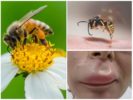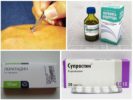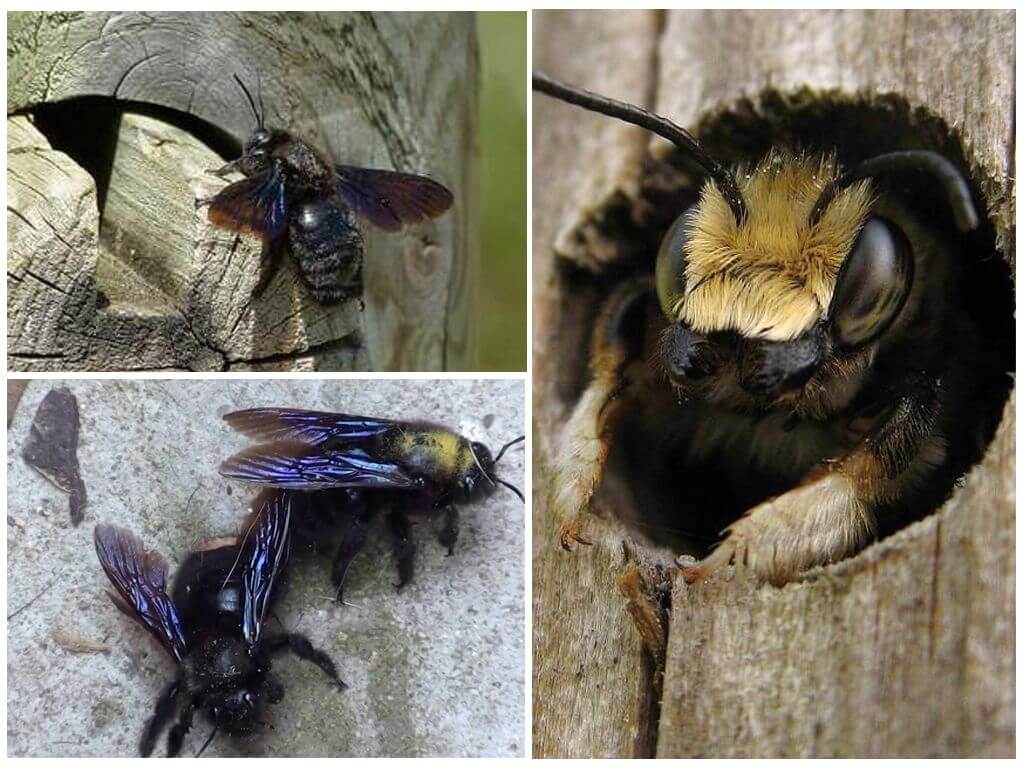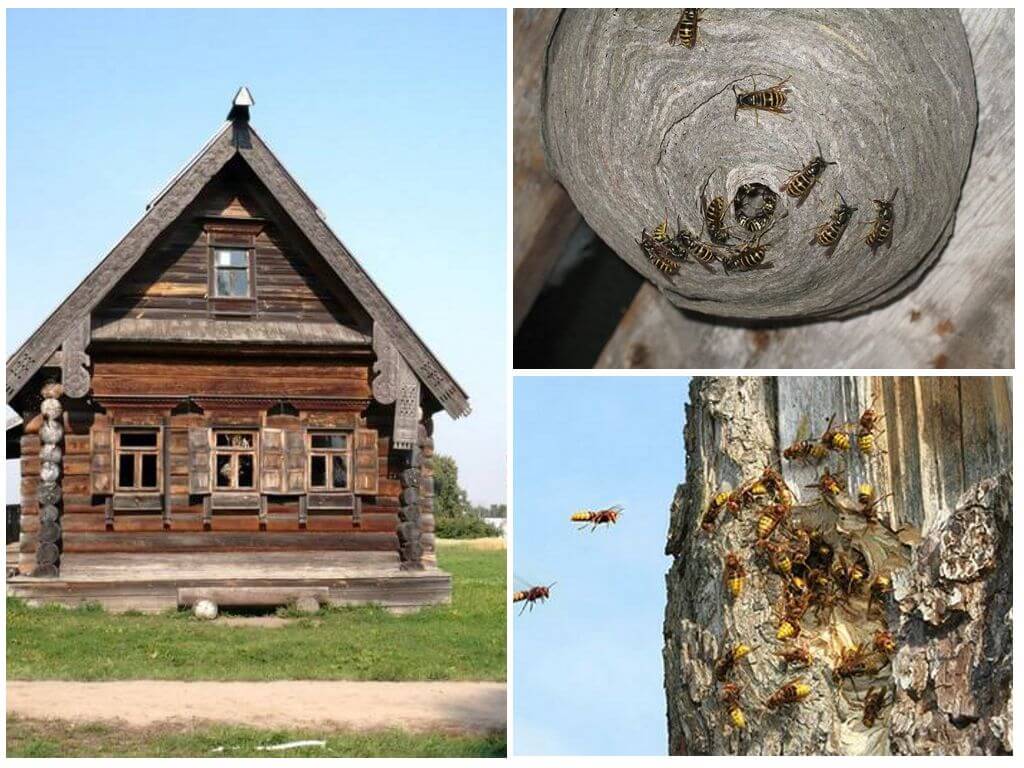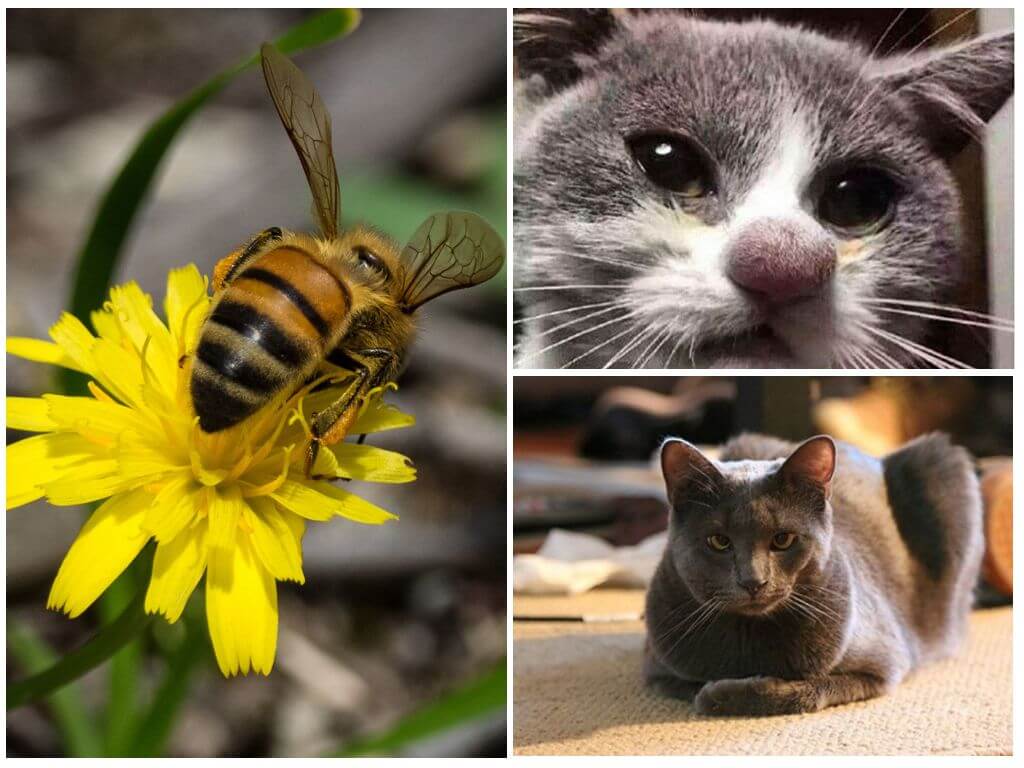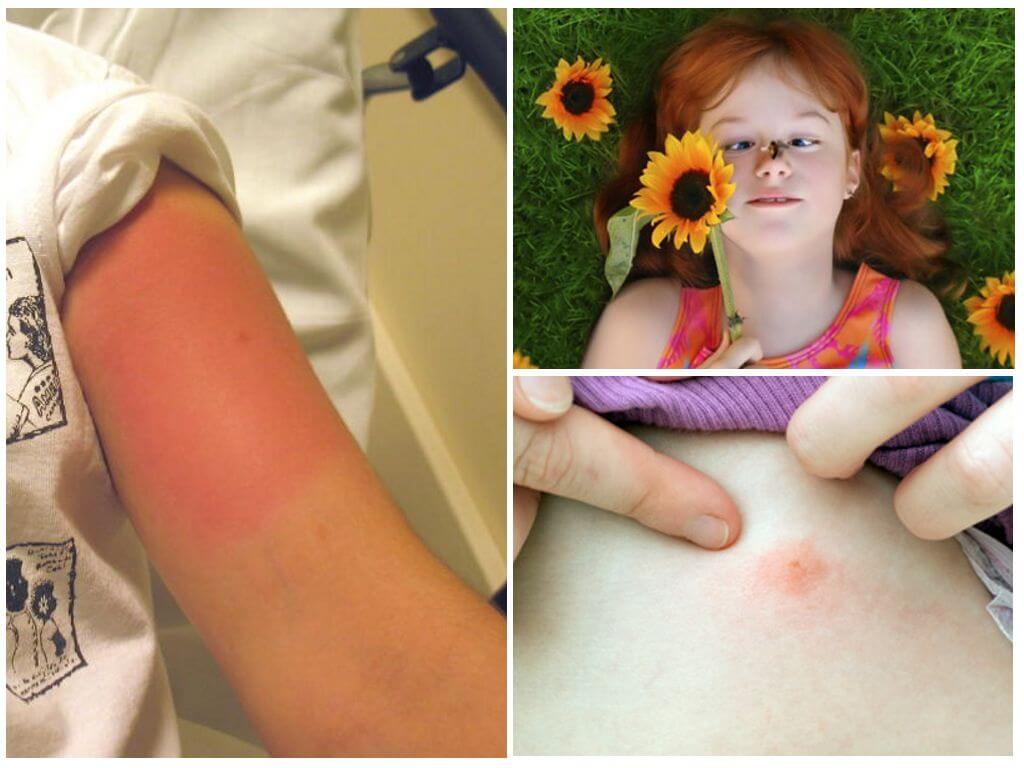- Bee sting on the lip
- Allergy Remedies
With the onset of spring, bees wake up, a fragrant and healthy product of which they use for food. However, insects are not only beneficial, they can also bitesthat often cause big problems. After all, the consequences of the attacks of small workers can be very different. In a mild form, they appear in the form of redness and slight swelling, the most severe case symptom - This is a manifestation of anaphylactic shock. Cases are especially serious if a bee has bitten on a lip, tongue, eyeface or neck. Therefore, in such situations, you need to be as prudent as possible and know how to properly provide first aid to the victim.
What is dangerous bite on the lip
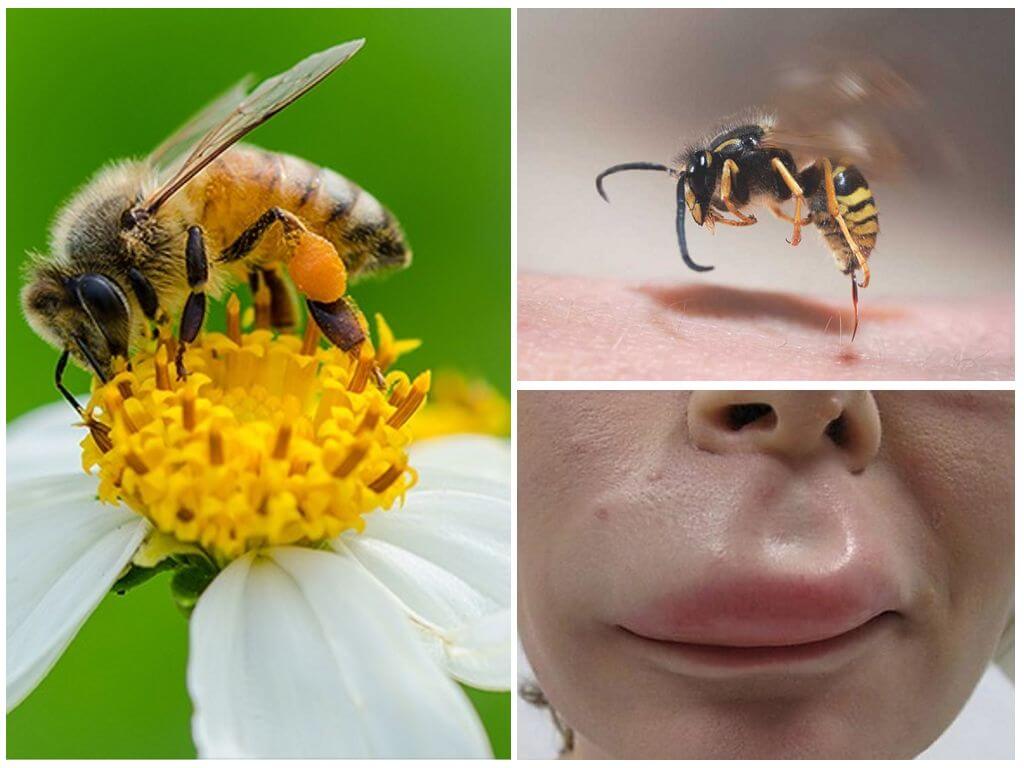
Cases where a bee has bitten on a lip or tongue requires immediate assistance to the victim due to the fact that such places are very vulnerable. The mucous membranes are supplied with blood vessels as much as possible, as a result of which bee venom quickly penetrates the blood stream and spreads through the human body. From which the victim feels severe pain and burning, the lip can swell.
Important!
Especially dangerous bee sting on the lip for people suffering allergies to bee products. The manifestation of an allergic reaction begins almost immediately after an insect attack. In allergy sufferers, it can be accompanied by heart palpitations and swelling of the mucous membranes of the respiratory tract, resulting in suffocation. There is even the possibility of loss of consciousness and cardiac arrest.
What to do if a bee stings on the lip
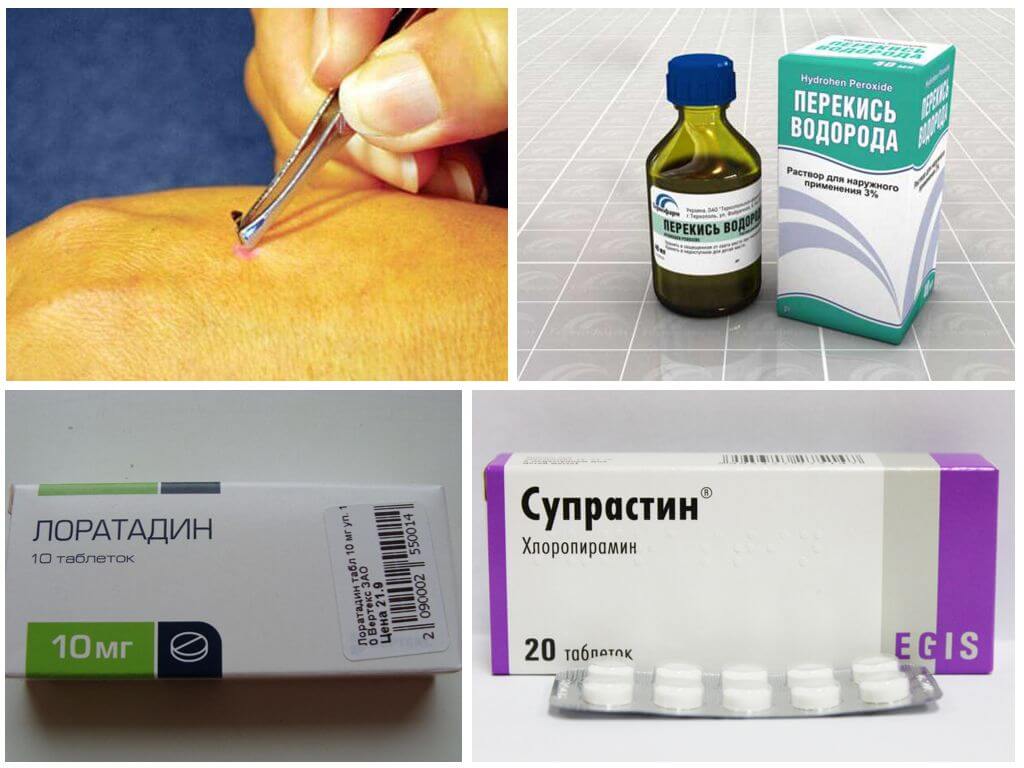
If the bee has bitten on the lip, then first of all it is necessary to prevent the spread of edema and inflammation as soon as possible.
- This can be done by removing the sting. It is better to use tweezers for this. It is important not to damage the capsule located at the end sting, since it is in it that there are substances toxic to the human body.
- The bite site should be disinfected to prevent the spread of infections. To do this, use hydrogen peroxide, alcohol or iodine.
- Slowing down the blood flow and the spread of poison will help applying to the site of the bite of ice or in the absence of any cold object.
- Taking antihistamines (loratidine, diazolin, suprastin) is the next step in helping the victim. Especially in such preparations people with hypersensitivity to beekeeping products need.
- Drinking plenty of water is another important nuance that you should pay attention to when a bee stings. Liquid in any form will contribute to the removal of toxic components from the body of the victim.
- Lotions from salt solution, parsley juice, lemon, dandelion or aloe will help reduce swelling and itching after an insect bite. A good effect is also given by gruel from soda or by applying a chopped onion.
If a bee has bitten on the lip, you should definitely consult a doctor. This is especially necessary if a child or an allergic person suffers from an insect bite.
